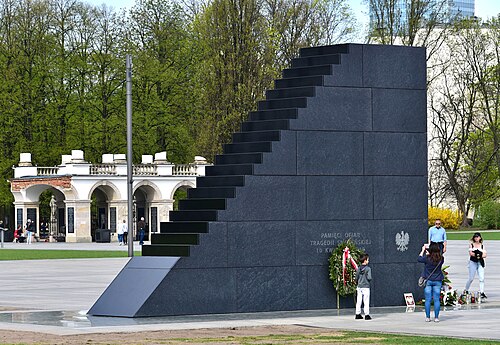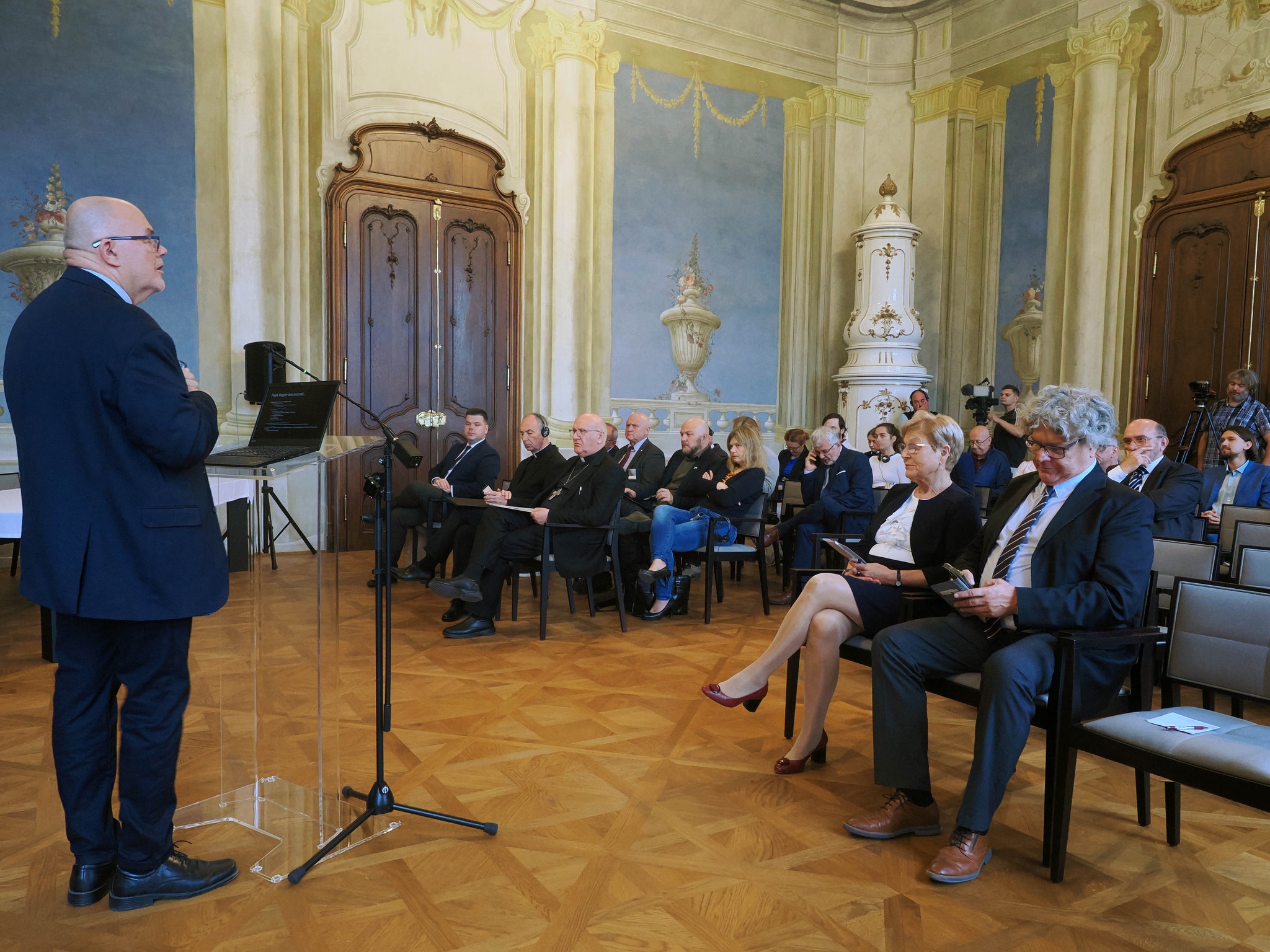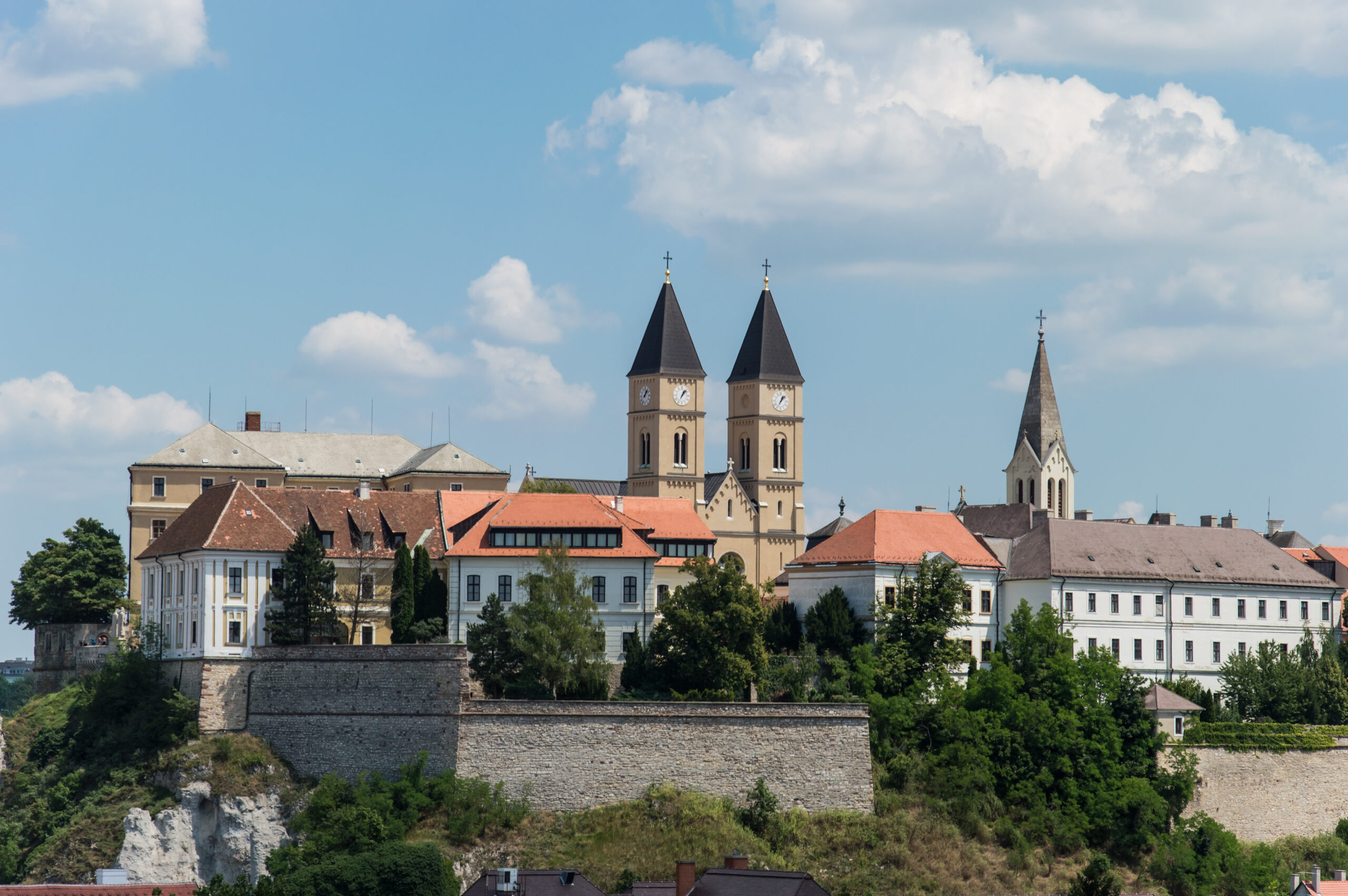Smoleńsk tragedy – Monument to the Victims of the Smolensk Tragedy 2010 in Warsaw
Fact of the Polish figure „Ribbentrop-Molotov pact”
Part of the „The myth of national disaster” topic
April 10, 2010 saw the creation of a new figure in the collective memory of Poles and the construction of a new monument to national martyrdom on the ruins of the old one. At around 8:30 a.m., the plane carrying the Polish delegation to the 70th anniversary of the Katyn Massacre crashed near Smolensk. The then Polish president – Lech Kaczynski and his wife – died, along with 94 other people. Among them were politicians, generals, priests and social activists. Ryszard Kaczorowski, the last Polish president in exile, and Anna Walentynowicz, the woman with whom the Solidarity revolution began also died in this plane crush. The Smolensk tragedy has become one of the most important and dramatic events in recent Polish History. The event caused profound social and political changes, also causing drastic changes in the structure of parliament. It also caused deep divisions among Poles as to the determination of its causes, background and consequences. The process of commemorating the tragedy also took off immediately. Part of this process is state-based. These forms include monthly and annual commemorations, the burial of the presidential couple at Wawel Castle and the memorial at Pilsudski Square in Warsaw. The dramatic death of the Polish delegation has also been commemorated by ordinary citizens. This is expressed through the spontaneous archiving and sharing of television footage from April 10, and the preservation of newspapers from that day by citizens aware of the importance of the event. Also important for the social memory of the catastrophe has become the piece “Exit from Poland” by Michal Lorenz. It is an example of the strong influence of memory on culture. The song was originally composed for the film “ Różyczka,” (Little Rose) but after April 10 it was used in all media spots, which caused its identification with the Smolensk tragedy. To this day, it is still played at ceremonies commemorating that day.





